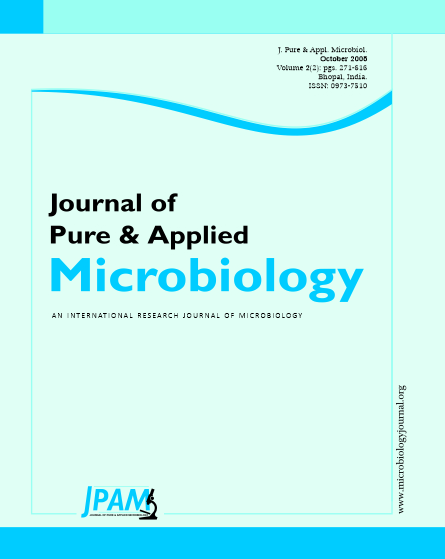The study aimed to investigate the role of haemolysin transport system in resistance of haemolytic strains of Escherichia coli to antimicrobials and biocides and the effect of some potential efflux inhibitors on their susceptibility. Twenty clinical isolates of E. coli were tested for haemolysin production and susceptibility to different antimicrobial agents. High haemolysin activity was demonstrated in twelve isolates that correlated with multiple drug resistance. Leaky mutants comprising seven haemolytic and three non-haemolytic mutants were derived, by UV mutagenesis, from one isolate demonstrating concomitant high antimicrobial resistance and haemolytic activity. The leaky haemolytic mutants demonstrated increased susceptibility to antimicrobial agents and biocides, compared with the parent isolate. The non-haemolytic leaky mutants exhibited further increase in susceptibility compared with haemolytic mutants. The increase in susceptibility was high for ethidium bromide (EB), rhodamine123, azithromycin, crystal violet, ciprofloxacin, proflavine, tetraphenyl arsonium, busulphan, and erythromycin. Efflux pump inhibitors markedly increased the susceptibility of parent isolate and the haemolytic leaky mutant to antimicrobials, but had little effect on that of non-haemolytic mutant. Dinitrophenol (DNP) and N, N-dicyclohexylcarbodiimide were the most active in lowering MICs, followed by reserpine, verapamil and promethazine, while ascorbic acid, phenothiazine, retinol and selenium were the least effective. The efflux pump function was tested by EB accumulation test. The non-haemolytic mutant accumuled more EB compared with the haemolytic mutant and the parent isolate that accumulated EB only in presence of DNP. The present data reveals a positive role of haemolysin protein transporter in resistance to unrelated antimicrobial agents and the potentials of tested chemicals in inhibiting such effect.
Bacteria, Escherichia coli, Haemolysin, Efflux inhibitor, antimicrobial agent, biocide, resistance
© The Author(s) 2008. Open Access. This article is distributed under the terms of the Creative Commons Attribution 4.0 International License which permits unrestricted use, sharing, distribution, and reproduction in any medium, provided you give appropriate credit to the original author(s) and the source, provide a link to the Creative Commons license, and indicate if changes were made.


